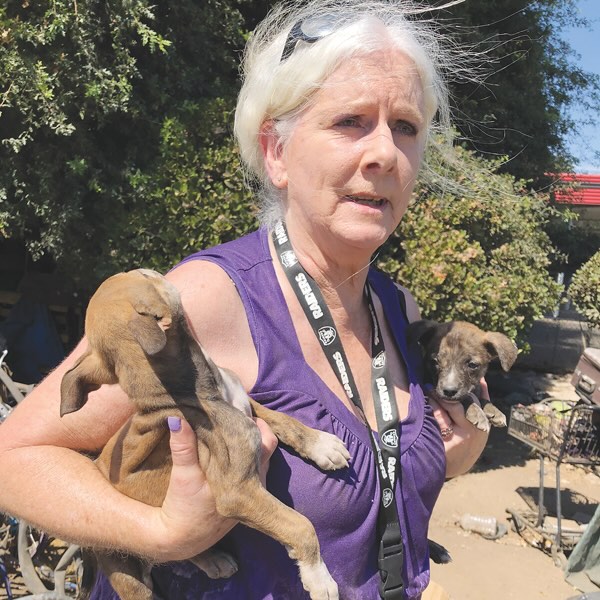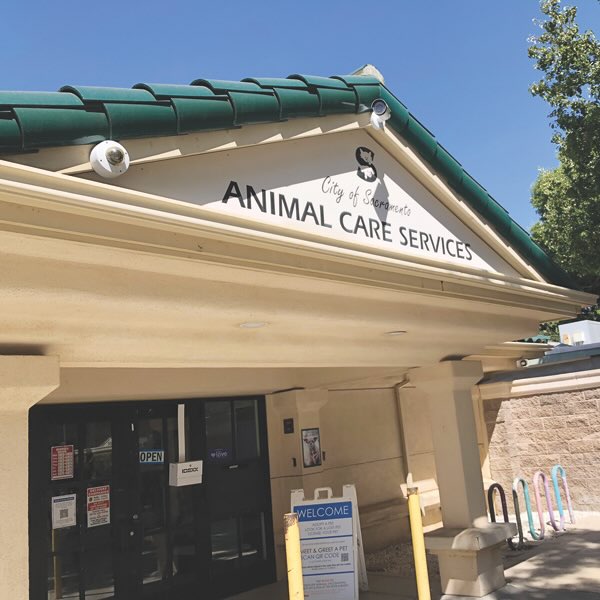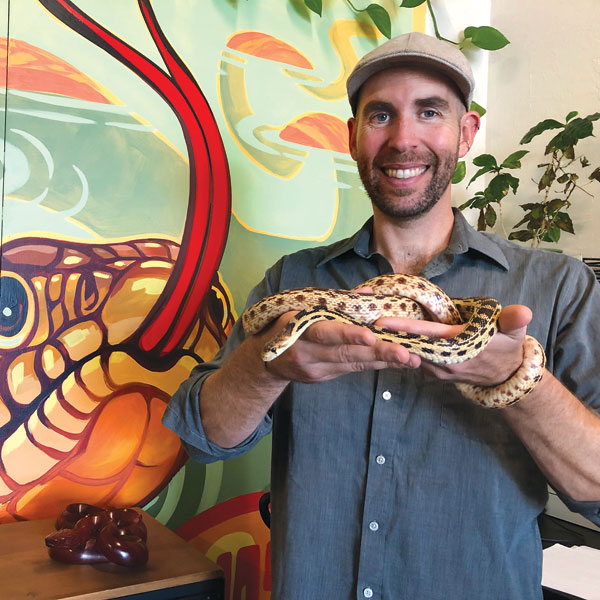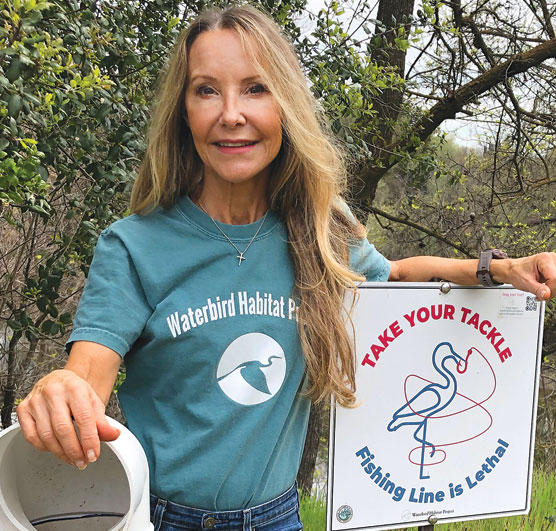
Oct 6, 2025
Buttercup lives on a 3-foot tether in a homeless camp near Downtown. The tan, mixed-breed dog is 3 years old. She’s had three litters—24 puppies.
Buttercup is one of three dozen dogs who have lived and died in a lineup of tattered tents off Highway 160 over the last three years.
In that time, 155 puppies were born. Forty-nine died, 65 were sold or traded, 25 are gone.
“Gone means the puppies just disappeared,” Debbie Tillotson says.

Aug 28, 2025
Kennel floors covered in excrement. Beds and blankets crusted with diarrhea and vomit. Water bowls lined with green slime.
Animals languished in squalid and inhumane conditions without relief under the leadership of Staycee Dains, then-general manager of Los Angeles Animal Services, according to reports from a national animal welfare organization.
Now Dains is shelter operations manager at Sacramento city’s Front Street Animal Shelter.
Dains held leadership positions at animal shelters in Pasadena, Santa Cruz, San Jose, Long Beach and Ohio. In 2023, she was named general manager of Los Angeles Animal Services, overseeing six LA city shelters.

Jul 26, 2025
Under Philip Zimmerman’s leadership over the last five years, the city’s Front Street Animal Shelter has ignored spay/neuter laws, increased euthanasia, turned away unaltered stray animals and let hundreds of animal control service calls go unanswered.
A recent city audit also cites a lack of a community spay/neuter program, overcrowded kennels, unfinalized policies, uncollected fees and low employee morale.
Now, Zimmerman has hired Staycee Dains to run Front Street’s shelter operations.
Dains, previously with Long Beach and San Jose animal shelters, was named general manager of Los Angeles Animal Services in 2023, overseeing six LA city shelters.

Jun 28, 2025
It’s not complicated. High-volume spay/neuter is the most effective way to stop the influx of unwanted dogs and cats.
Lacking such a program, Front Street Animal Shelter has big problems.
In the five years since Phillip Zimmerman took over as Front Street manager, the city’s homeless animal population has exploded. Stray dogs and cats entering Front Street grew from 6,309 in 2022 to 8,457 in 2024.

May 28, 2025
California has a state bird, bat, amphibian, reptile, crustacean, flower, grass, mushroom, tree, insect, slug, seashell, rock—but no snake.
Michael Starkey wants to change that with the giant garter snake.
Reaching 64 inches long, the giant garter snake is a threatened species found only in the Central Valley. He lives in freshwater marshes, such as Yolo County’s flooded rice fields. He eats fish and amphibians, including the invasive American bullfrog.

Apr 28, 2025
A great blue heron flew over Dr. Andrea Willey’s kayak on the lower American River. Something dangled from the waterbird’s beak.
The heron crossed the river and landed on an island. “I saw the top of a single tree shake violently. That’s when I realized something was wrong,” Willey says.
Willey paddled to land, climbed the riverbank and crossed felled trees until she found the bird. “He had swallowed a fishing hook and hung himself in the tree. He was spinning and flailing.”
Willey cut the heron loose with her bike lock key. Unable to restrain him, the bird flew off.
“I searched and searched. I had to locate him,” Willey says. So she assembled a group of volunteers. “We rescued the bird three days later. Unfortunately, he died the next day.”
That was August 2023. The Waterbird Habitat Project was born.











